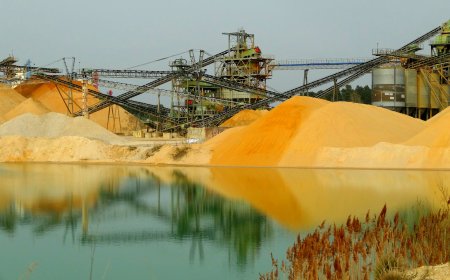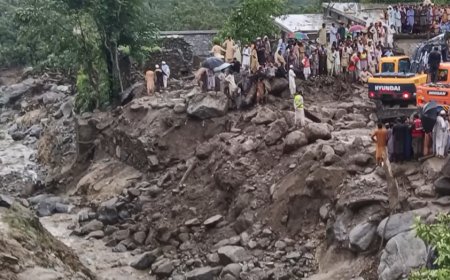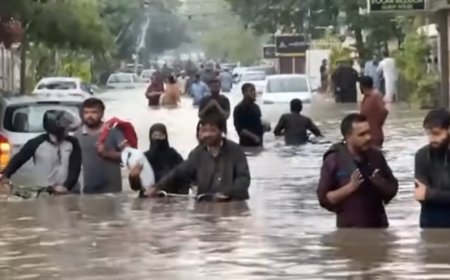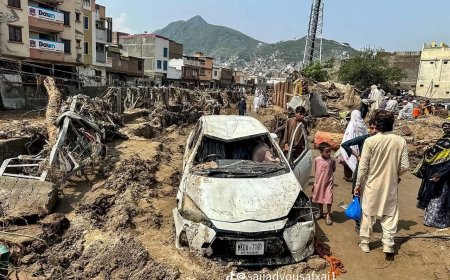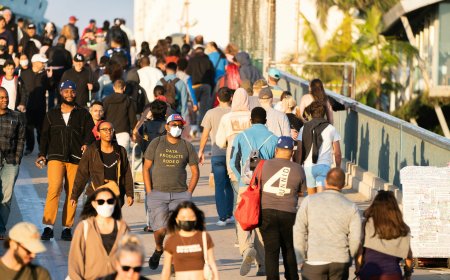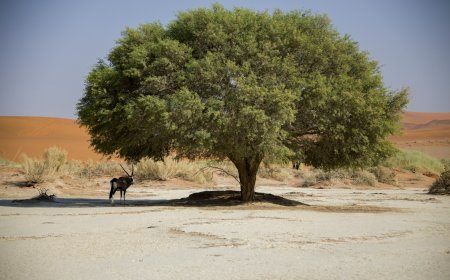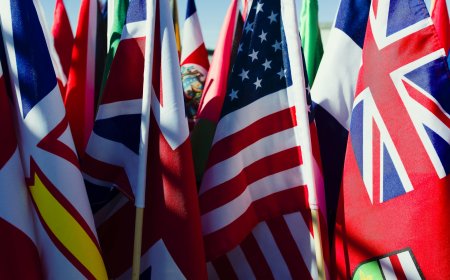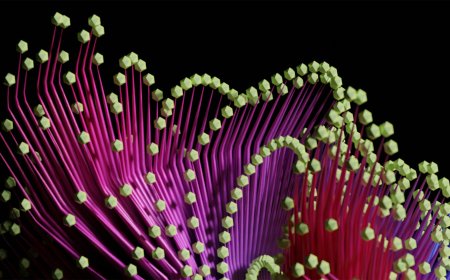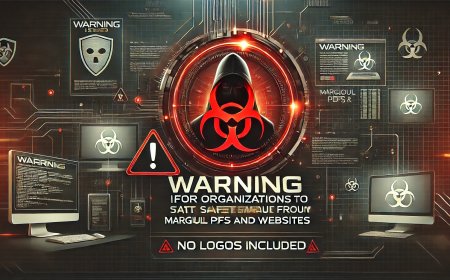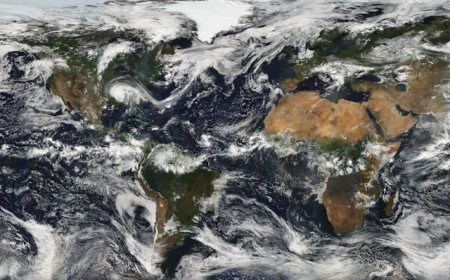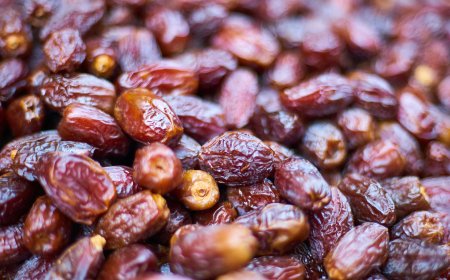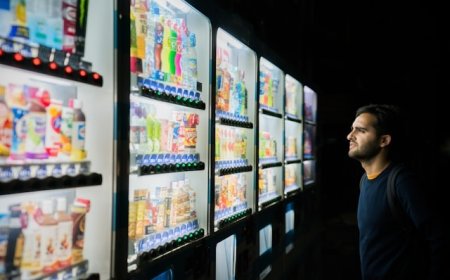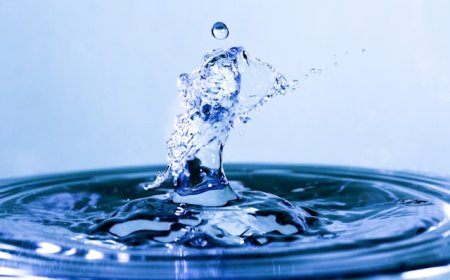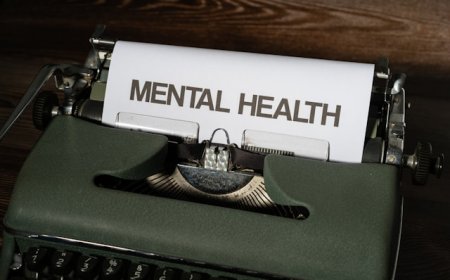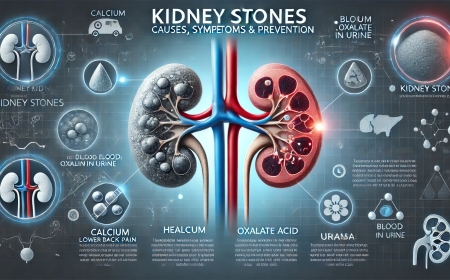Microplastics in the Food Chain: A Silent Environmental Crisis
Discover how microplastics are infiltrating our food chain, affecting marine life, human health, and the environment. Learn the causes, risks, and urgent need for action.
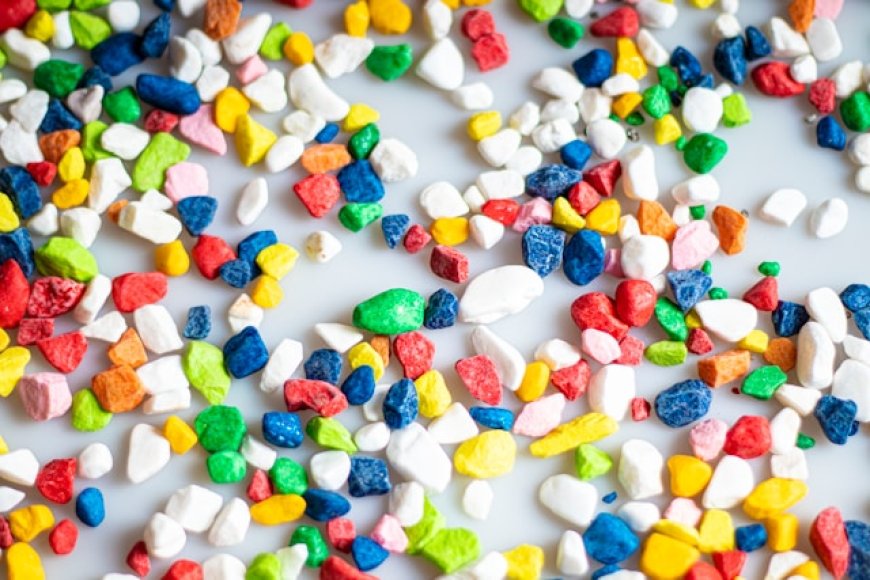
The world has faced extraordinary growth in plastic production. Now plastics have become a significant part of modern life. Microplastics are the tiny plastic particles less than 5 millimeters in size. They are found throughout the environment but more common in oceans, rivers and soil.
Microplastics are the plastic particles formed from the breakdown of larger plastic items like cosmetics and industrial cleaners. The microplastics are divided into two types:
1. Primary Microplastic
2. Secondary Microplastic
The most common pathway of microplastics is through marine life. Sea creatures mistakenly eat microplastics and these particles accumulate in their digestive systems. They move up in the food chain humans consume them. Tap water, honey and even fruits and vegetables contain microplastics.
Another source is agricultural sewage sludge. Fertilizers carry microplastics that contaminate soil and crops. Airborne microplastics is another vector. It settles on food during processing and packaging. The contamination of food through microplastics has become almost unavoidable.
Marine organisms suffer from physical damage, internal blockages and reduced feeding efficiency due to the presence of microplastics in ecosystems. Microplastics can also absorb and transport toxic chemicals like heavy metals into the bodies of organisms. The behavior, growth, and reproduction of wildlife is affected due to presence of microplastics.
Humans ingest microplastics through contaminated food and water and inhale them from the air. These particles can accumulate in organs and tissues. It results inflammation, oxidative stress and cellular damage. These chemicals can interfere with hormone function leading to reproductive issues and even developmental disorders.
The contamination of seafood threatens food security and public health. Coastal communities and fishing industries may suffer economic losses due to declining fish populations. Beaches and water bodies polluted with plastic waste deter tourists. It reduces the income for local economies that depend only on tourism.
What's Your Reaction?
 Like
9
Like
9
 Dislike
0
Dislike
0
 Love
0
Love
0
 Funny
0
Funny
0
 Angry
0
Angry
0
 Sad
0
Sad
0
 Wow
0
Wow
0
